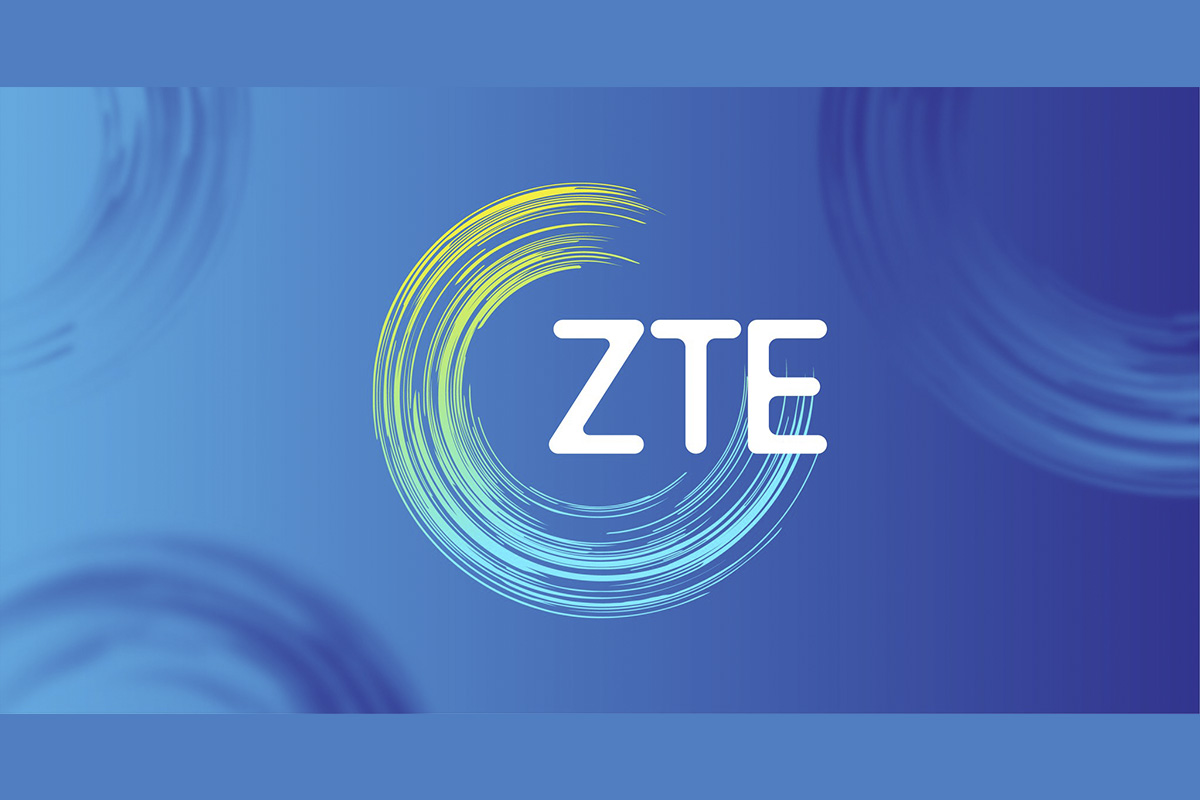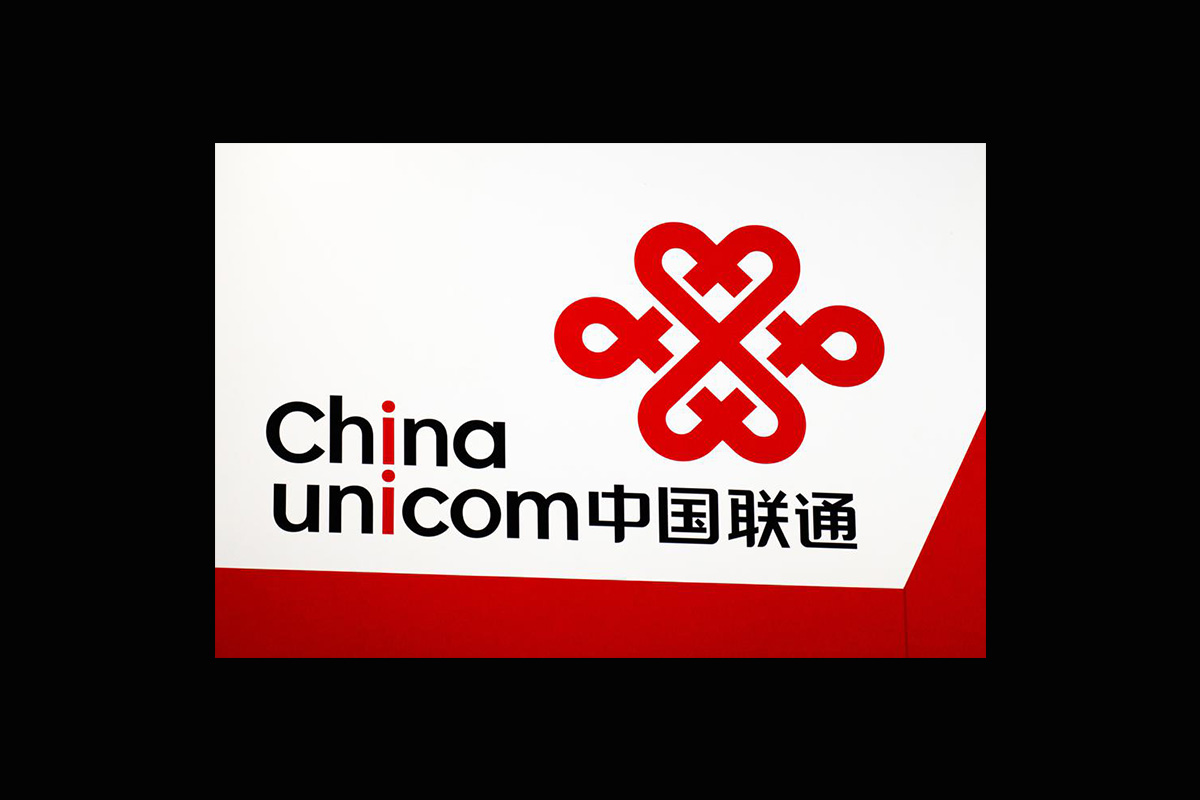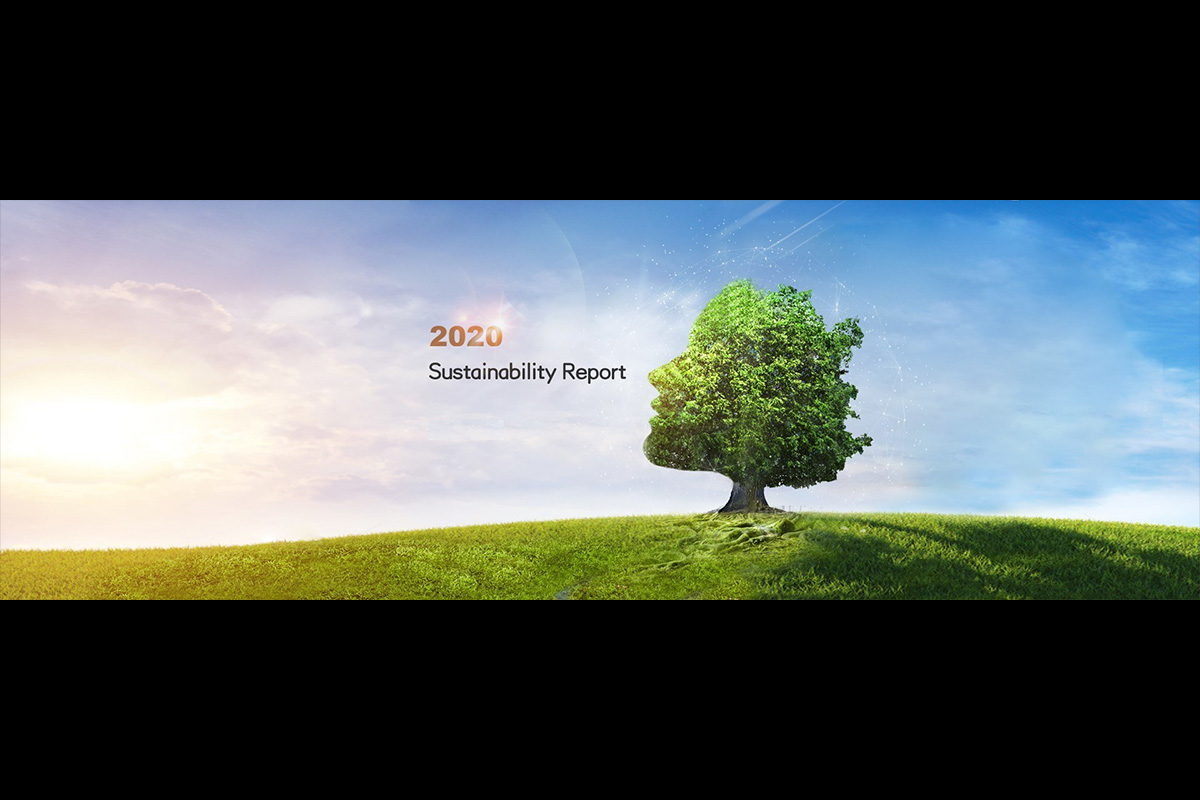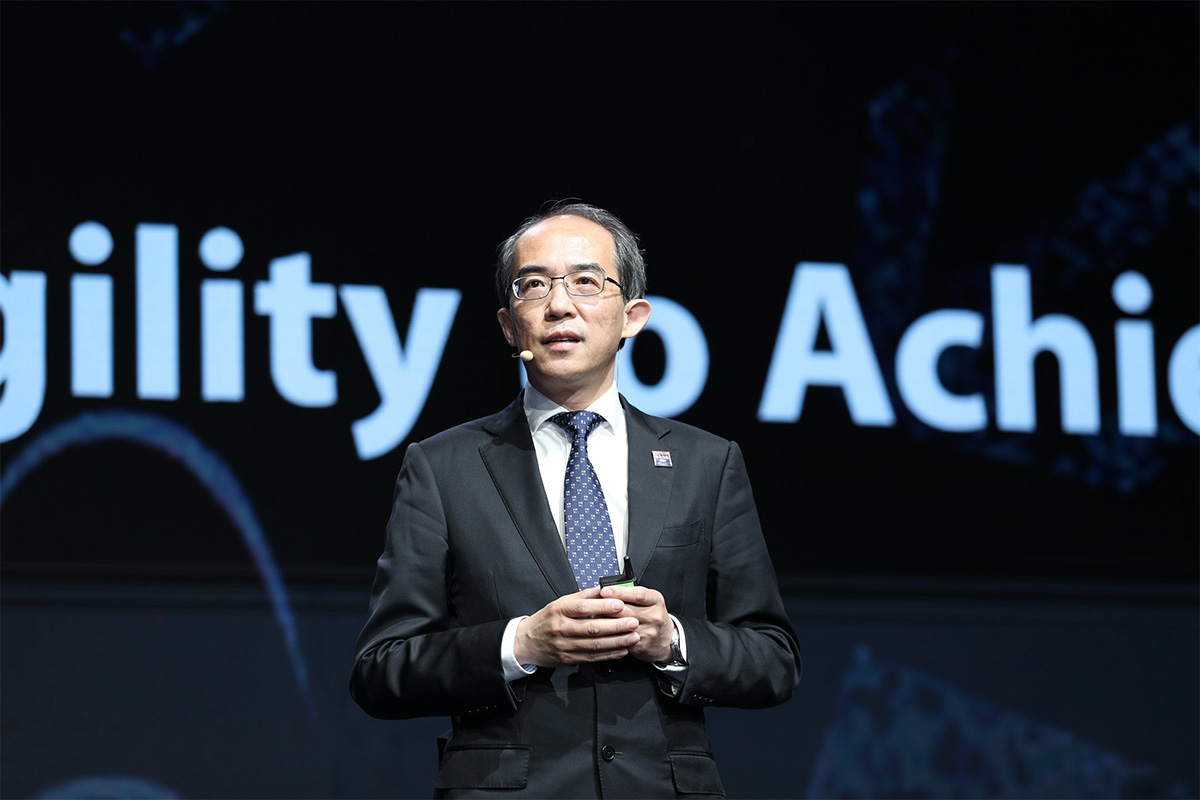ZTE Corporation (0763.HK / 000063.SZ), a global leading provider of information and communication technology solutions, brings abundant new products to Mobile World Congress (MWC) Shanghai 2023, offering unprecedented technology and user experiences. From June 28th to 30th, ZTE will provide visitors with the all-round display and experience in ZTE booth located at N3-B20, featuring smartphones, tablets, smart AR glasses, MBB & FWA products and internet products for vehicles and industries. These offerings are integrated with the cutting-edge smart AI applications, leading mobile data terminals and updated smart V2X products.
Fully Cover Consumer Mobile Communication Scenarios
ZTE is showcasing an extensive array of new products to fully cover consumer mobile communication scenarios at MWC Shanghai 2023. Innovative smart devices, including the latest AI-powered eyewear-free 3D tablet and the GPT wireless AR glasses, have become highlights in the booth. The nubia Neo Air, the world’s first lightweight refractive AR glasses with GPT and wireless function, draws attention when makes a debut as it enables intelligent interaction such as a real-time interview, the voice assistants chatting and the voice data query through its embedded AI model. Additionally, ZTE exhibits its flagship 5G tablet, ZTE AxonPad, the office computer ZTE AxonBook and two flagship 5G smartphones, ZTE Axon 50 Ultra and nubia Z50 Ultra, demonstrating the achievements and breakthroughs it has made in display innovation, system security, and professional photography.
Prominently featured at the event also include ZTE 5G MBB & FWA products, whose market share ranks first in the world for the leading technology in commercialized field, and GIS (Green, Intelligence & Security) achievements, covering the latest 5th GEN of Wi-Fi 7 5G FWA, 5G indoor and outdoor FWA and 5G portable Wi-Fi. By connecting to the internet through wireless networks, the products support fast and efficient data transfer. During the exhibition, ZTE demonstrates the efficiency and convenience of these technologies, which are built on the product concept of power saving, intelligent scenario control and network security.
In terms of terminal devices for vehicles, ZTE displays products with industry-leading performance and in-vehicle applications in collaboration with car manufacturers. Among the highlights is the newly announced vehicle-road collaborative innovation product RCU, Y2002 roadside communication and computing integrated device that integrates roadside communication unit 5G RSU Y2001 and edge computing capability. This cutting-edge product offers robust AI computing power and supports multiple communication frequency bands. With its ability to simultaneously process multi-channel video and radar data while consuming low power, the Y2002 empowers intelligent transportation applications and drives the development of intelligent networked transportation, all built on ZTE’s operating system.
New Species of Intelligent Interaction Offers Unprecedented Experiences
As a new and significant addition to ZTE’s smart ecosystem product lineup, nubia Neo Air is not only an wireless AR glasses, but also an intelligent accessory that is equipped with the AIGC algorithm, the same algorithm used in GPT technology. The GPT model used by the glasses combines the capabilities of multiple AI large models to achieve instant question-and-answer, which means users could interact by voice through voice command with the build-in AI assistant.
Powered by AR and AIGC technology, nubia Neo Air has become an all-scenario portable intelligent assistant for users. During public speaking, live broadcasts, hosting and other occasions, wearers can view the text prompts in real time through the glasses lens to deliver unscripted speeches. The nubia Neo Air is binocular in design, which is very similar to regular eyeglasses in appearance. The net weight of the whole machine is about 50g, and the adjustable curved temples can adjust the length to fit the wearer’s preferences. With just half an hour of charging, nubia Neo Air provides up to 8 hours of normal usage in typical conditions, allowing users to wear it throughout the day without worrying about battery life.
With the continuous advancement of AR+AIGC technology and the growing maturity of the ecosystem, it is believed that nubia Neo Air will unlock much more futuristic application scenarios and bring unprecedented interactive experiences to consumers.
Eyewear-Free 3D Tablet Brings Mobile Vision to a New Generation
ZTE has also unveiled another blockbuster innovative smart device, nubia Pad 3D, the world’s first AI-powered eyewear-free 3D tablet. Equipped with ZTE’s unique eyewear-free 3D lightfield technology, this product can present high-quality eyewear-free 3D display as well as match up to comfortable viewing angles by AI face-tracking in real time. In addition, it supports real-time content conversion of 2D content to 3D, including images, videos, and streaming media, leveraging a technology based on the AI neural network deep learning algorithm. This technology can overcome the dilemma of limited 3D content sources, providing the more realistic and vivid 3D visual experience to users.
Eyewear-free 3D technology, having broad application scenarios, caters not only to everyday consumers, but also to various industries. It provides users with multi-dimensional display and fully immersive interaction conveniently that goes beyond their imagination. To present this, ZTE showcases a very impressive on-site display lineup and joins hands with key partners of the eyewear-free 3D ecosystem like MiGu Video of China Mobile, Tencent Meeting and China Focus Ltd to bring applications for multiple scenarios, including video entertainment, live broadcast, games, streaming media, conferences, and education for consumers. It also enables more commercial expansion for vertical industries in the ecosystem, such as medical and health care, cultural tourism, exhibitions and advertising media.
ZTE is actively cooperating with ecosystem partners in the field of industry applications to jointly drive the implementation of subdivided industry solutions and apply them to nubia Pad 3D. In this regard, the Company has initiated the “ZTE AI-powered eyewear-free 3D ecosystem strategic cooperation” with its partners to establish an eyewear-free 3D ecosystem alliance. This initiative aims to deepen the comprehensive ecosystem cooperation among content and industries, and apply technologies to scenarios more than 3D display of cultural tourism, cultural museum, 3D conference, 3D education, 3D live broadcast, 3D medical treatment and 3D modeling display.
This exhibition will further demonstrate ZTE’s leading position in the global mobile communication technology field. In addition, ZTE will promote the overall development of mobile communication technology and provide global users with more intelligent and innovative mobile products and services. By participating in MWC Shanghai, ZTE expects to foster more communication and discussion opportunities within the industries, facilitate industrial development, and jointly shape a future life characterized by intelligence and convenience.





